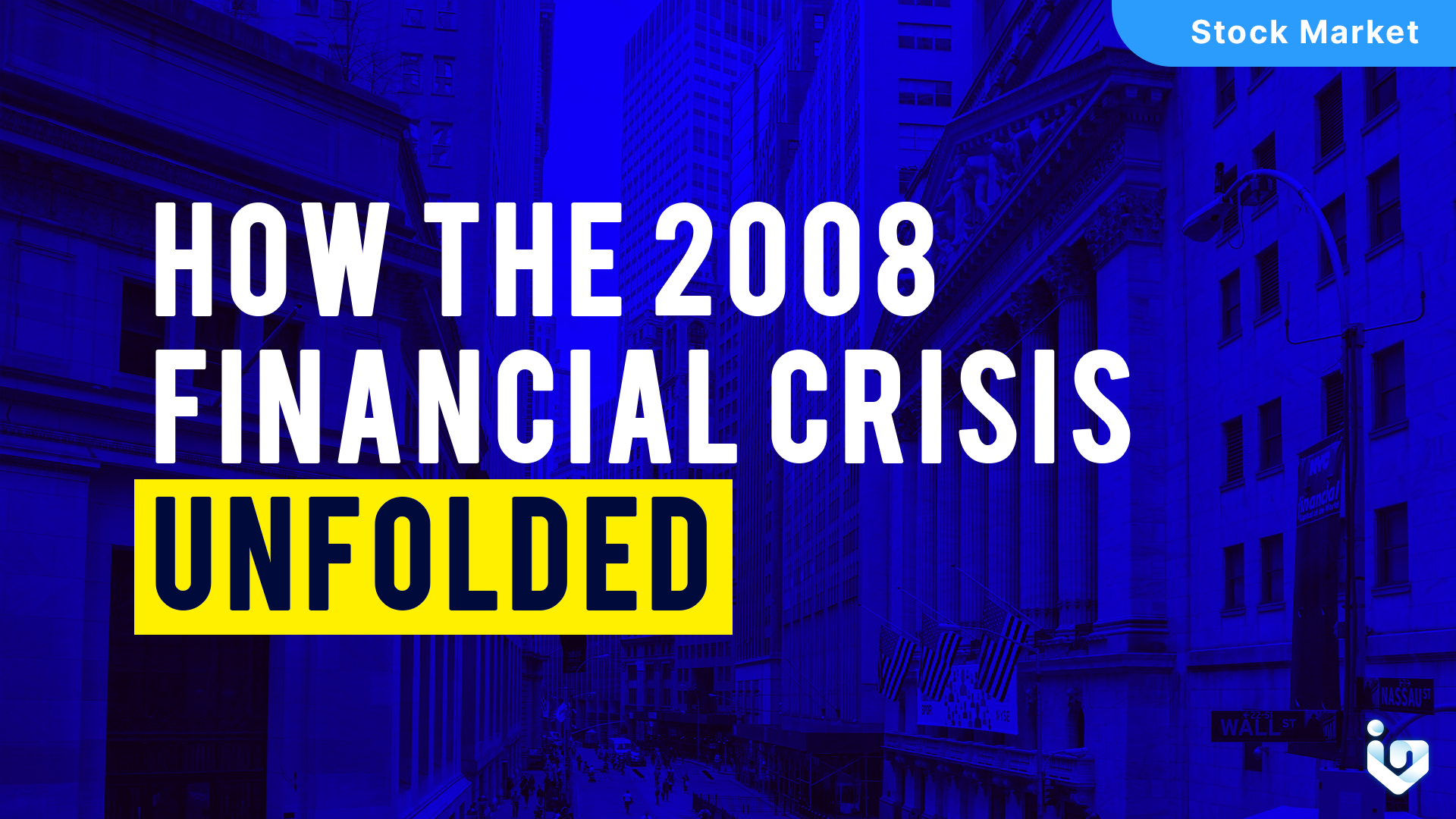The 2008 financial crisis was a global economic disaster. It began in the United States and quickly spread worldwide. This crisis led to significant financial losses and economic downturns. Understanding how it unfolded helps us learn from past mistakes.
The Housing Bubble
The roots of the crisis lay in the housing market. In the early 2000s, housing prices in the United States began to rise rapidly. This increase was driven by low interest rates and easy access to credit. Many people took out mortgages they could not afford. Banks and financial institutions encouraged this by offering subprime loans. These loans were given to borrowers with poor credit histories.
The Role of Financial Institutions
Banks and financial institutions played a crucial role in the crisis. They bundled these risky mortgages into financial products called mortgage-backed securities (MBS). These securities were sold to investors worldwide. The banks assured investors that these products were safe. However, the reality was different. Many of these mortgages were likely to default.
The Burst of the Bubble
In 2006, housing prices began to fall. Homeowners with subprime mortgages found themselves unable to pay their loans. As defaults increased, the value of mortgage-backed securities plummeted. Financial institutions holding these securities faced massive losses. This situation created a ripple effect throughout the global financial system.
The Collapse of Major Institutions
The crisis reached its peak in 2008. Several major financial institutions collapsed. Lehman Brothers, a significant investment bank, filed for bankruptcy in September 2008. This event sent shockwaves through the financial markets. Other institutions, like Bear Stearns and Merrill Lynch, were also on the brink of collapse. The U.S. government had to step in to prevent a total financial meltdown.
Government Intervention
The U.S. government took several measures to stabilize the economy. The Federal Reserve lowered interest rates to near zero. The government also passed the Emergency Economic Stabilization Act in October 2008. This act created the Troubled Asset Relief Program (TARP). TARP allowed the government to purchase toxic assets from banks. These actions aimed to restore confidence in the financial system.
Global Impact
The crisis did not stay confined to the United States. It quickly spread to other countries. Many European banks had invested heavily in U.S. mortgage-backed securities. When these securities lost value, European banks faced significant losses. Governments around the world had to intervene to stabilize their economies. The crisis led to a global recession, affecting millions of people.
Lessons Learned
The 2008 financial crisis taught us several important lessons. One key lesson is the need for better regulation of financial institutions. The crisis showed the dangers of excessive risk-taking and lack of oversight. It also highlighted the importance of transparency in financial markets. Governments and regulators have since implemented measures to prevent a similar crisis in the future.
Conclusion
The 2008 financial crisis was a complex event with far-reaching consequences. It began with the housing bubble and was exacerbated by the actions of financial institutions. The collapse of major banks and the subsequent government interventions marked a turning point in global finance. Understanding how the crisis unfolded helps us appreciate the importance of financial stability and regulation.
